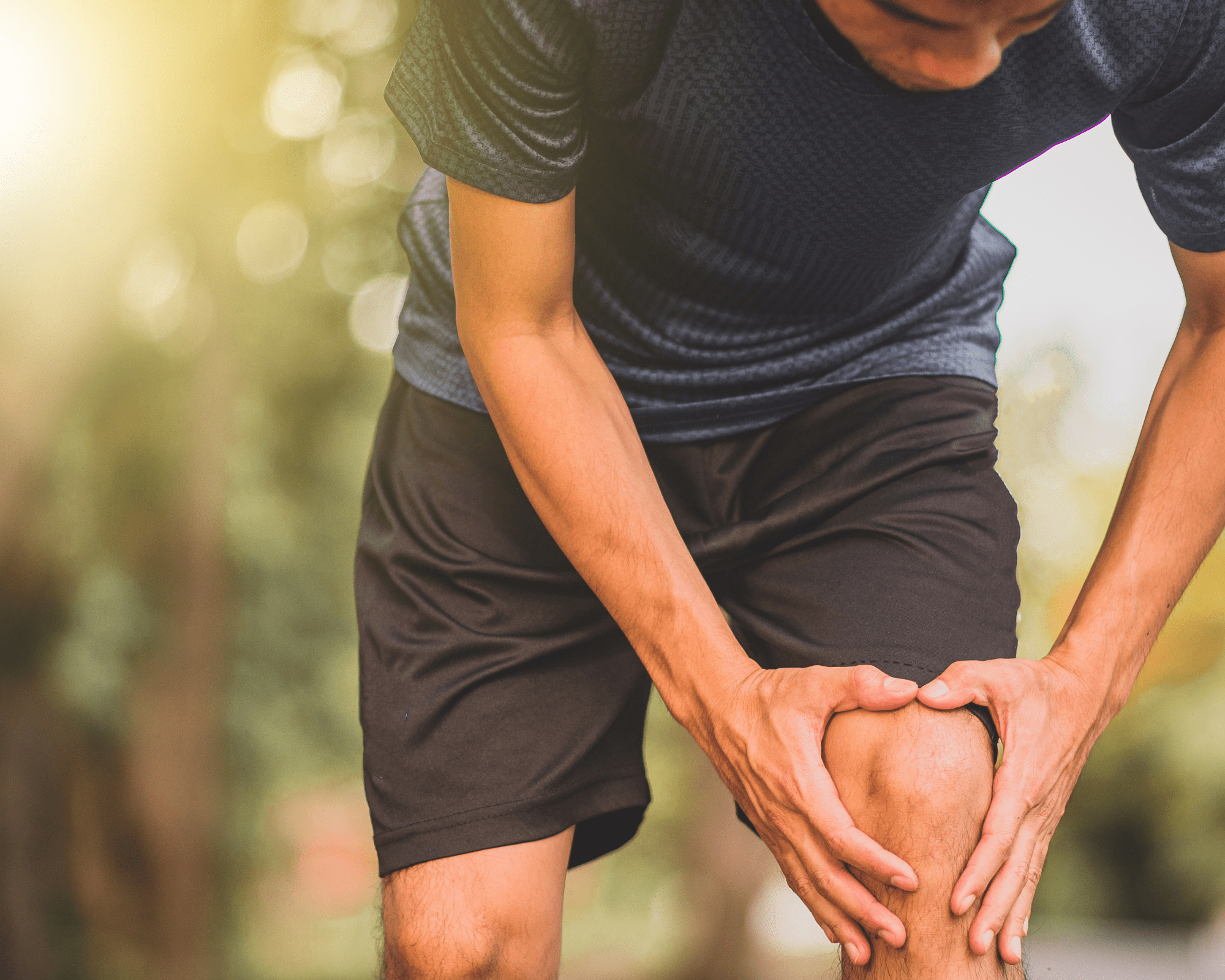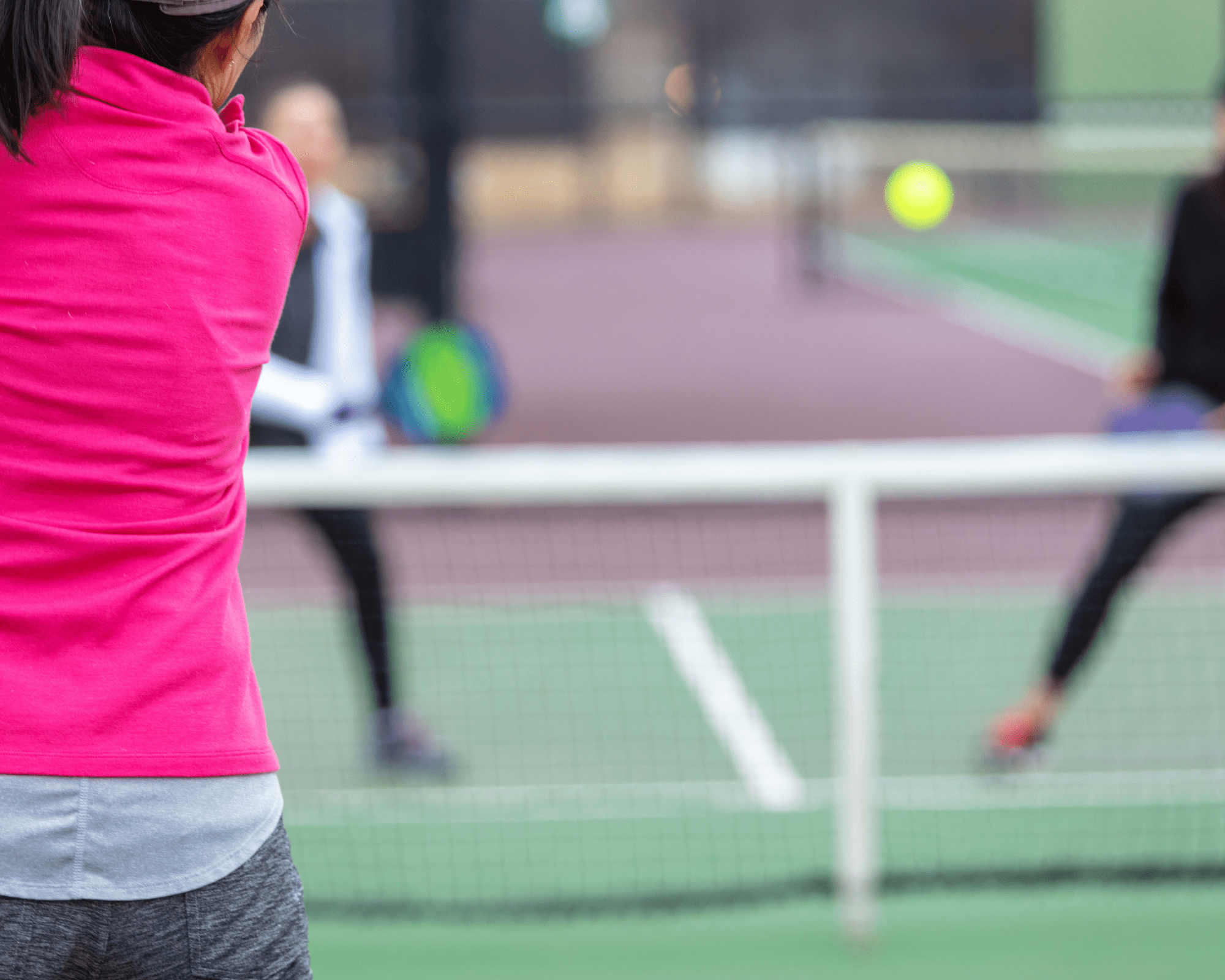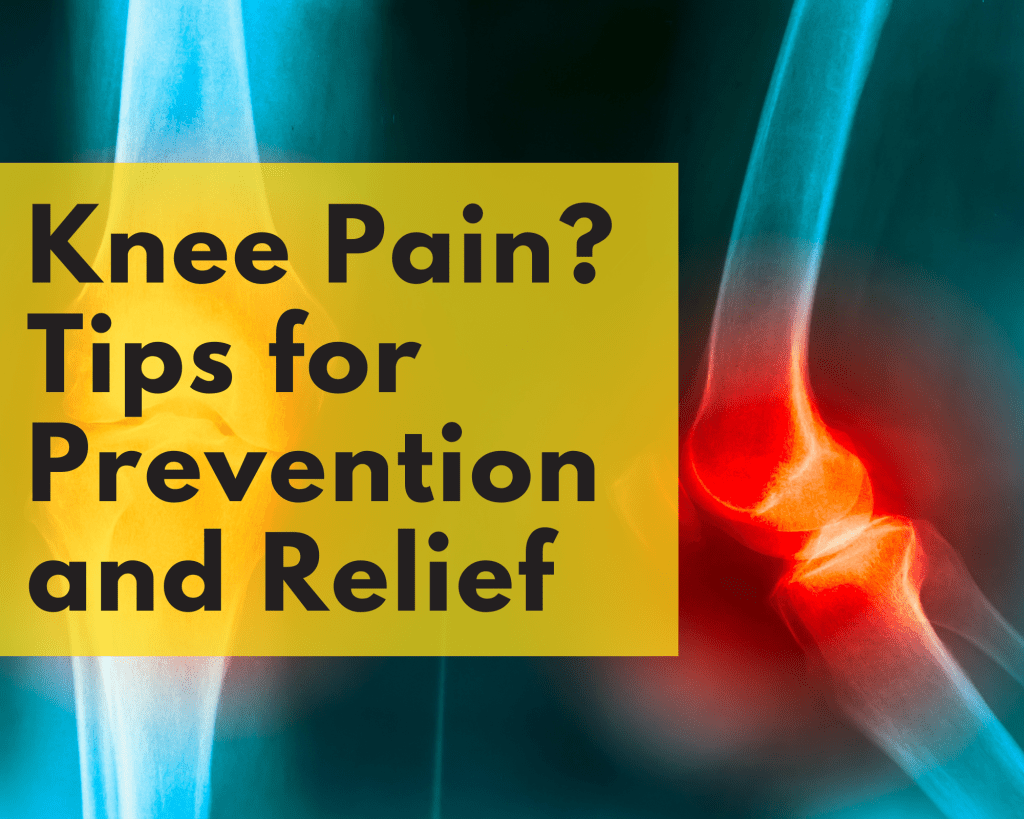If you’re a fan of pickleball, you know how exhilarating it can be to play. There’s nothing quite like the feeling of a well-executed serve, a perfectly placed shot, or a hard-fought point. However, as with any sport, there are also risks involved.
One of the most common injuries that pickleball players experience is knee pain. Whether you’re a seasoned veteran or a newcomer to the sport, knee pain can be frustrating and even debilitating, keeping you on the sidelines and preventing you from enjoying the game you love. But fear not!
In this article, we’ll explore some of the most common causes of pickleball knee pain and provide tips for preventing and relieving it. So, if you’re tired of letting pain dictate your pickleball experience, read on to find out how you can get back in the game!
Table of Contents
ToggleWhat Are The Most Common Pickleball Knee Pain Injuries?
Pickleball is a sport that involves a lot of movement, including quick changes of direction, jumping, and pivoting. Unfortunately, this can put a lot of strain on the knees, leading to various injuries. Here are some of the most common pickleball knee pain injuries:
Torn Meniscus:
The meniscus is a piece of cartilage that acts as a cushion between the thigh and shin bones. It can tear due to sudden twisting or pivoting movements, causing pain, swelling, and difficulty moving the knee. Read our latest post: Can you play pickleball with a torn meniscus?
Patellofemoral Pain Syndrome:
This condition causes pain around the kneecap, often due to overuse or improper alignment. It can cause a dull ache, sharp pain, or a grinding sensation in the knee.
Anterior Cruciate Ligament (ACL) Injuries:
The ACL is a ligament that connects the thigh and shin bones and helps stabilize the knee joint. It can tear due to sudden stops or changes in direction, causing pain, swelling, and instability in the knee.
Medial Collateral Ligament (MCL) Injuries:
The MCL is a ligament on the inner side of the knee that helps stabilize the joint. It can be sprained or torn due to a blow to the outside of the knee, causing pain, swelling, and instability.
These injuries can be painful and make it challenging to continue playing pickleball. It’s important to use proper technique, wear proper footwear, and take breaks as needed. Strengthening and conditioning exercises for the legs and quadriceps muscle group can also help reduce the risk of injury. If you do experience a knee injury while playing pickleball, it’s important to rest, ice, and seek medical attention if necessary.
Other Injuries That Could Sideline Your Pickleball Game
It’s crucial to remember that knee injuries can be severe and hinder your ability to play pickleball. Therefore, always be mindful of your movement and avoid sudden, jerky movements that could harm your knees.
Ankle sprains:
Ankle sprains can be challenging and may require considerable time to heal. Therefore, investing in good-quality footwear and attention to your movements can help prevent ankle sprains.
Shoulder injuries:
The repetitive overhead motion used in serving and hitting the ball can put a lot of strain on the shoulder, leading to rotator cuff injuries, strains, or tears.
Tennis elbow:
Tennis elbow, also known as lateral epicondylitis, is a type of repetitive strain injury that can occur due to the repetitive motion of hitting the ball. It can cause pain, weakness, and difficulty gripping objects.
Back pain:
The twisting and bending in pickleball can strain the lower back, leading to pain or injury. Please read our full post on preventing back pain while on the pickleball court.

Prevent Injuries With These Simple Tips
Knee injuries are a common issue for pickleball players, but there are steps you can take to help prevent them.
Use proper technique:
Proper technique is crucial for preventing knee injuries in pickleball. This includes bending your knees when hitting the ball, keeping your weight balanced, and avoiding sudden or jerky movements that strain the joints and lead to knee arthritis.
Warm up and stretch:
Warming up and stretching before playing pickleball can help prepare your muscles and joints for activity and reduce the risk of injury. Focus on dynamic stretches that mimic the movements of pickleball, such as lunges, squats, and leg swings.
Strengthen and stabilize the knee:
Strengthening and stabilizing the knees can help improve their resilience and reduce the risk of injury. Exercises like lunges, squats, and leg presses can help build strength in the quadriceps and hamstrings, while activities like side leg lifts and lateral lunges can help improve knee stability.
Wear proper footwear:
Good support and cushioning can help absorb shock and reduce the impact on the knee joint. Look for shoes with good arch support and cushioning in the heel and forefoot. A common injury, especially for older adults, is plantar fasciitis. Check out this article on the proper footwear for plantar fasciitis if you’re experiencing foot pain. The right shoes can make a huge difference and reduce stress on leg muscles.

How To Strengthen And Preventing Knee Injuries
One of the most effective ways to prevent problems in pickleball is to strengthen and stabilize the knees. Strong muscles can help support and protect the lower extremities, reducing the risk of injury.
There are several exercises that you can do to strengthen and stabilize your knees, including:
Squats:
Squats help to strengthen the quadriceps, hamstrings, and glutes, which are all crucial muscles for supporting the knees. To perform a squat, stand with your feet shoulder-width apart, and lower your hips as if sitting on a chair. Keep your back straight and your knees aligned over your ankles.
Lunges:
Lunges also help strengthen the quadriceps, hamstrings, glutes, and the muscles in the hips and core. To perform a lunge, step forward with one foot and lower your back knee towards the ground, careful not to let your front knee extend past your toes.
Step-ups:
Step-ups help to improve balance and stability in the knees. To perform a step-up, step up onto a bench or sturdy surface with one foot, then step back down. Keep your knee aligned over your ankle and your foot flat on the surface.
Deadlifts:
Deadlifts help to strengthen the posterior chain muscles, including the glutes, hamstrings, and lower back muscles. To perform a deadlift, stand with your feet hip-width apart and hold a barbell or dumbbell in front of your body. Hinge at the hips and lower the weight towards the ground, keeping your back straight and your knees slightly bent. Then, lift the weight back up to standing, squeezing your glutes at the top.
Wall sits:
Wall sits are a great isometric exercise that helps to strengthen the quadriceps muscles. To perform a wall sit, stand with your back against a wall and lower your body as if sitting in a chair, keeping your back flat against the wall and your knees at a 90-degree angle. Hold this position for as long as possible, then stand back up and repeat.
Incorporating these exercises into your fitness routine can help improve strength and stability, reducing the risk of injury while playing pickleball. Additionally, it’s important to use proper technique while playing and to warm up and stretch before playing to further protect from muscle strains.

What Should You Do If You Experience A Knee Strain
Accidents can still happen despite your best efforts to prevent knee injuries in pickleball. If you experience a strain while playing pickleball, taking the proper steps to manage the injury and prevent further damage is important.
Stop playing and rest:
If you feel sudden pain or discomfort in your knees, stop playing immediately and rest. Playing through the pain can worsen the injury and lead to more severe problems.
Apply ice:
Applying ice to the affected area can help reduce pain and inflammation. Apply ice for 20 minutes, several times daily, for the first few days after the injury.
Elevate the legs:
Elevating the knee above the heart can help reduce swelling and blood flow. Prop your leg up on a pillow or cushion to keep it elevated.
Compress the knee:
Compression can help reduce swelling and support the joint. Use a knee brace or compression sleeve to wrap the knee, but be sure not to wrap it too tightly.
See a healthcare provider:
If the pain persists or worsens, or you experience difficulty walking or bearing weight on the affected leg, you must see a healthcare provider. They can help diagnose the injury and provide treatment options, including physical therapy, bracing, or surgery.
By taking these steps and seeking prompt medical attention if necessary, you can help manage strains and prevent them from turning into more severe injuries.
Wrapping Up
In conclusion, pickleball injuries can be common for players, especially those new to the sport or who frequently play without proper care. However, by taking steps to prevent injuries, such as using proper technique, warming up and stretching, strengthening and stabilizing the knees, wearing proper footwear, and taking breaks as needed, you can help reduce the risk of pickleball injuries.
If you experience an injury while playing pickleball, take the steps outlined above, and don’t push yourself when in doubt. Most injuries can be managed and healed with proper care and treatment.
Remember, pickleball is a fun and engaging sport that can be enjoyed by players of all ages and skill levels. By caring for your body and playing smart, you can enjoy the game for years. So go ahead, hit the court, and have fun out there!

